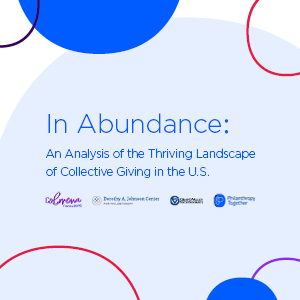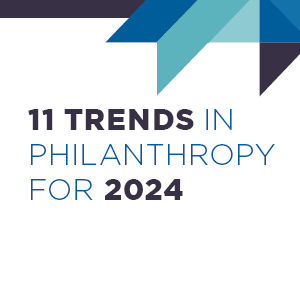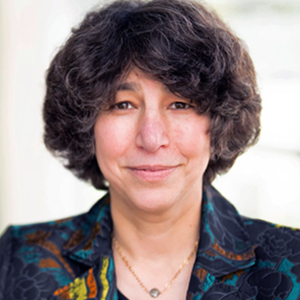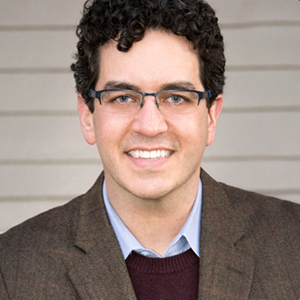Skip Navigation














Explore our original research and projects in development.

New Collective Giving Report

Information and insights to help you pursue your mission.

Explore Community Insight

Professional development trainings grounded in core competencies.

The Grantmaking School

Resources and tools to help make data and knowledge more accessible.

2024 TRENDS REPORT

We envision a world with smart, adaptive, and effective philanthropy to help build strong, inclusive communities.

MEET DR. LESLEY SLAVITT









